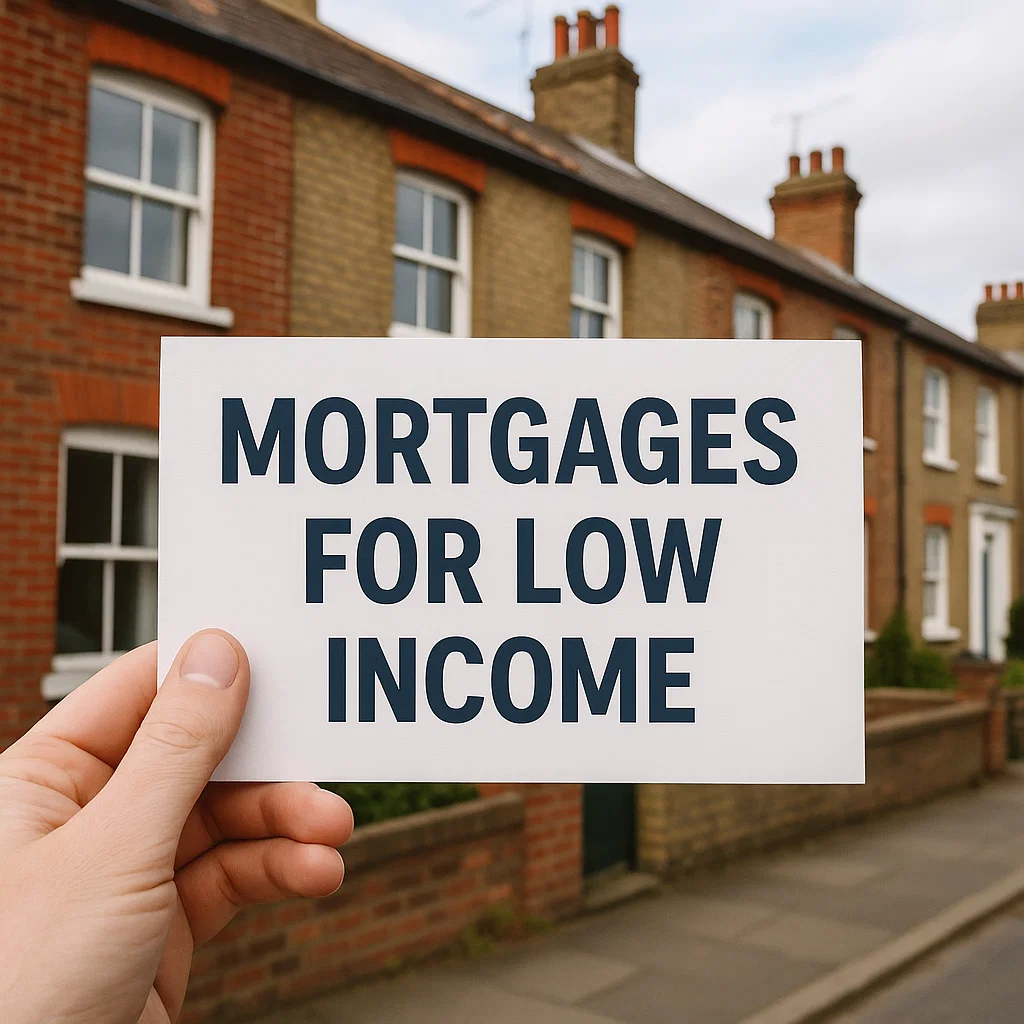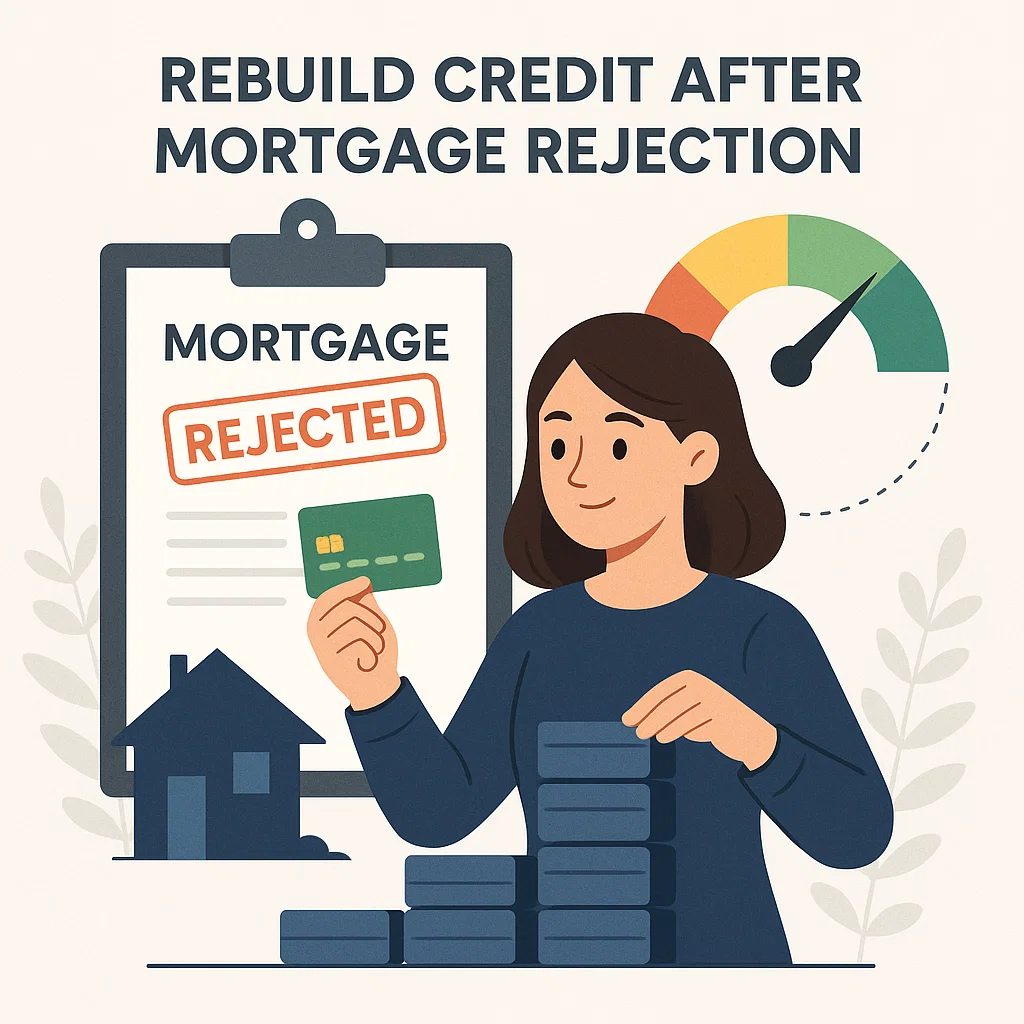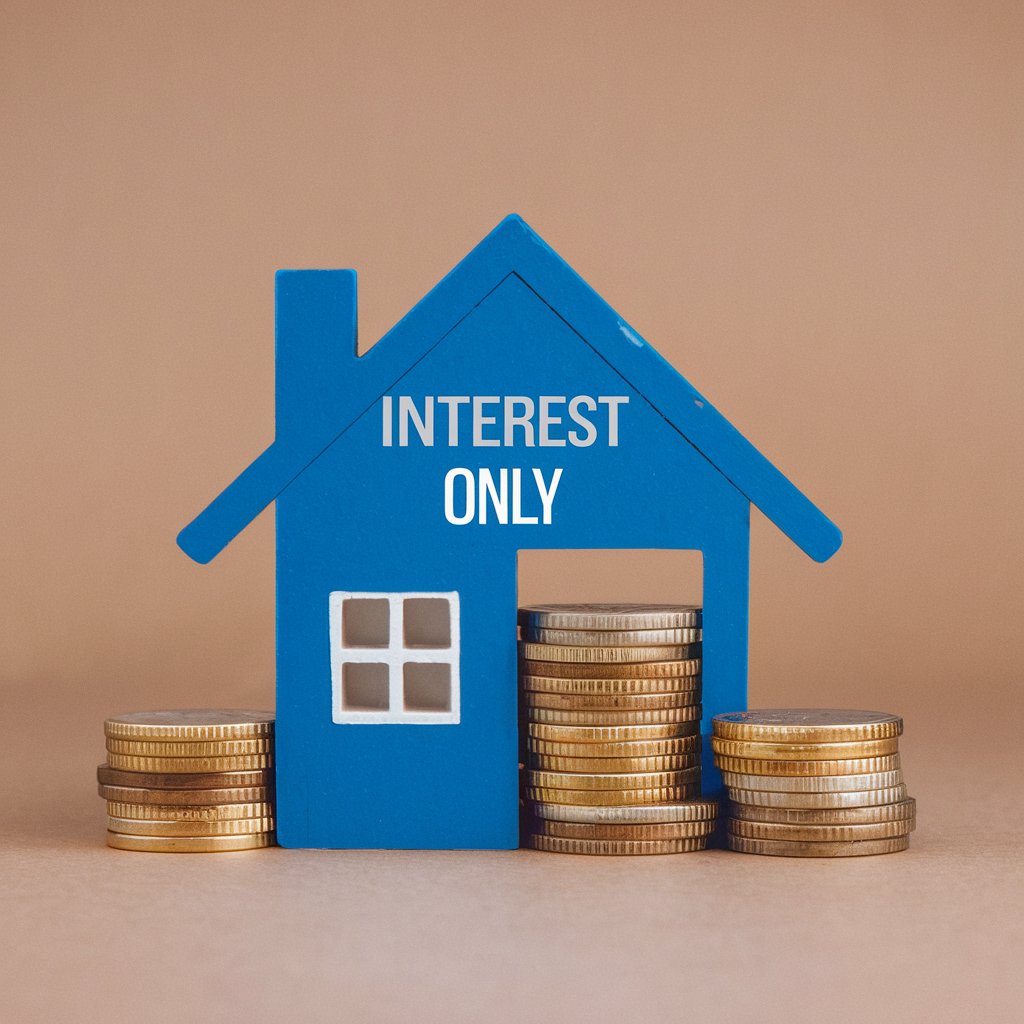Many people jump into home financing without fully grasping what an initial period means. Simply put, it’s the early stage of a mortgage where you pay a special rate. Lenders often use this timeframe to draw in borrowers with appealing offers, typically lower than their usual standard variable rates.
This initial period, meaning the mortgage, can last two or five years, sometimes longer, and it plays a massive role in monthly costs. Understanding it is vital for affordability because payments can rise significantly after the initial rate ends. Knowing how long you’ll enjoy a reduced rate helps you plan for any financial shifts.
Lenders generally structure their initial terms so that borrowers see attractive numbers upfront. Yet once the initial rate concludes, the mortgage tends to switch to a higher rate. That’s why it’s important to weigh both short-term appeal and long-term impact before signing any mortgage agreement.
By the end of this blog, you’ll see how these initial deals fit into the bigger picture. You’ll get a clearer sense of the responsibilities and potential benefits, so you can navigate the process more confidently and ground your decisions in practical wisdom.
Understanding the Lender’s Initial Rate and Your Mortgage Term
When starting a mortgage, the lender’s initial rate is key in shaping your early repayments. This introductory rate—often lower than the standard rate—can make your monthly payments more affordable during the initial period. Understanding how long this rate lasts and how it fits into your overall mortgage term is essential, helping you plan confidently for the future.
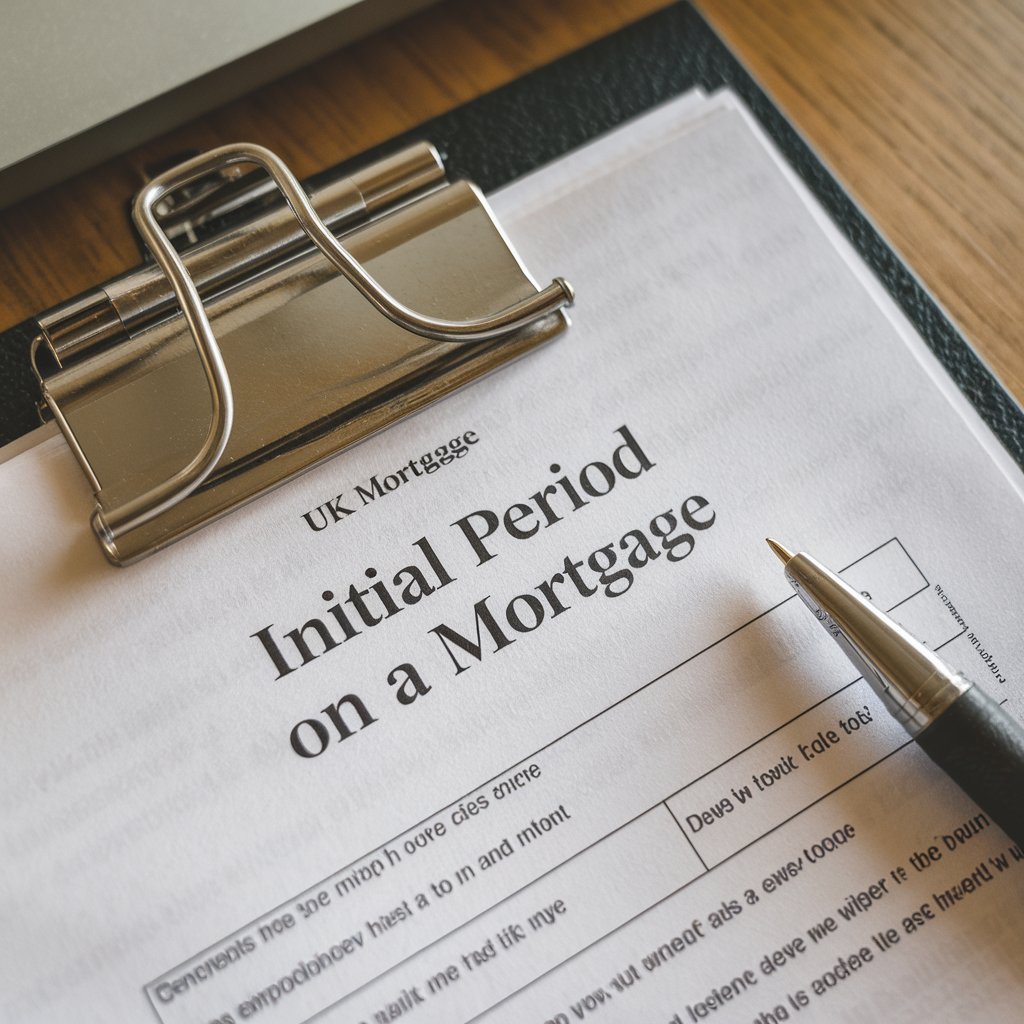
Affordability and the Two or Five-Year Choice
Many borrowers ask if two or five years is the better route. Two-year deals often come with lower percentages upfront, yet you might face remortgage costs sooner. Five-year deals are stable for a longer stretch, which helps if the economy’s bumpy. With affordability in mind, shorter deals can feel riskier since you’ll revisit the market more often. Still, some borrowers find a two-year deal attractive if they expect rates to improve, but this depends on personal circumstances and future market conditions. It’s all about how comfortable you are managing interest rate changes. Evaluate job stability, family plans, and willingness to handle future lender negotiations.
Why the Mortgage Interest During the Initial Period Matters
The mortgage interest you lock in early affects your monthly payments directly. Below is a short table showing how a modest difference in percentage can shift your costs:
| Initial Rate | Approx. Monthly Payment (£200k) |
|---|---|
| 2.5% | £897 |
| 3.0% | £948 |
Paying more interest cuts into day-to-day household costs, so it’s worth shopping for the best possible introductory deal. However, the difference in fees, especially arrangement fees, also matters. Doing the math over the mortgage term can show which option truly costs less.
How to Get a Mortgage That Suits Your Budget
Securing a deal that fits your life requires planning and honest self-reflection. When deciding what they can offer, lenders look at income, regular outgoings, and future stability. Affordability checks mean you must show, on paper, that your finances can handle more than just the initial period. In some cases, it can be tempting to chase the lowest numbers, but sometimes a slightly higher initial rate with lower fees might work better for your budget. Taking time to crunch the figures and talk to Mortgages RM can help you decide. Consider how easily you can adapt if cash flow tightens or you need to move.A well-balanced combination of competitive rates, reasonable fees, and flexible terms often provides better long-term value than simply chasing the lowest introductory offer.
Types of Initial Rate and the Fixed-Rate Mortgage Option
Let’s explore the types of initial rate deals. Many borrowers gravitate toward a fixed-rate mortgage because it holds payments steady. Others go for trackers or discounts. Each choice has unique trade-offs, influencing your finances throughout the initial term and beyond.
Exploring the Initial Term for Repayment Stability
An initial term can offer peace of mind if you crave predictable outgoings. A fixed-rate mortgage locks the interest rate for that set window, ensuring your repayment doesn’t jump unexpectedly. This stability can be essential if you’re on a strict budget or new to owning a home. By capping how much your payments can shift, you gain more certainty in planning practical moves like home improvements. However, keep in mind that fixed periods often include early repayment charges. Jumping ship mid-deal might bring penalty fees, which can offset potential savings if new rates dip. So weigh the security carefully against the possibility of future flexibility.
Comparing Deals from Lender to Lender
Different lenders structure their offers in a variety of ways. Some might provide a low initial rate but tack on a higher arrangement fee, while others opt for fee-free deals with slightly higher rates. Beyond that, the mortgage application criteria can vary. One lender may be more flexible with self-employed income, while another is stricter about credit scores. When you cross-shop, you’ll see the real range of options. Taking time to read all the small print is essential, because hidden costs can bubble up, especially at the start or end of an initial deal. Don’t hesitate to reach out to Mortgages RM for a second opinion. They stay updated on who’s offering what, which saves heaps of research and potential headaches.
Discounts, Trackers, and the Current Market Variation
Alongside classic fixed offers, some products start with a discount off the lender’s standard variable rate. Tracker mortgages, conversely, connect directly to the Bank of England base rate, going up or down as that figure changes. In a calm market, trackers can be cheaper, but if rates climb, your payments follow suit. Discounts might look sweet initially, but read the fine print: lenders can alter their variable rate anytime. The current market can be unpredictable with inflation and rate shifts popping up. Anyone leaning toward a variable option should maintain a buffer in their monthly budget, ready to absorb any jumps in interest. Those who hate surprises might find more comfort in a stable fix.
What Happens After the Initial Mortgage Period Ends?
People often ask, “what happens after initial mortgage period?” Typically, the rate reverts to a standard variable rate, which can jack up monthly payments. Understanding this shift is key, especially if you hope to avoid sudden financial strain.

Shifts in Mortgage Term Rates and Affordability
After the initial mortgage period, lenders move you onto their default rate. It tends to be higher than most intro rates and can wobble with broader economic pressures. Affordability might become a bigger question mark if you haven’t planned. In some cases, the jump won’t break the bank. But quite often, folks find themselves shelling out a lot more. This can eat into savings and make long-term budgeting more difficult. Some people accept that for the short term, while others look to refinance quickly, hoping to snag another decent deal. Regardless, you should track that calendar, since failing to prepare might immediately lead to nasty bill shocks.
Why First-Time Buyers Must Plan Ahead
A first-time buyer stepping from a sweet deal into the standard rate can face sticker shock. Monthly payments may rise enough to affect everyday expenses, especially if you’ve never juggled high housing costs. Some owners realise too late that they can’t manage the jump comfortably. If you know your deal’s end date, you can stay a step ahead—maybe by overpaying your mortgage or saving up for a remortgage process. If the home has increased in value and your credit has strengthened, you might qualify for a more favourable rate. It’s not a guarantee, but it points to why keeping your finances in good shape is valuable.
Avoiding Surprises in the Next Mortgage Application
When that standard rate starts looming, you’ll likely consider applying for a new offer to avoid big monthly bills. A fresh mortgage application involves checking your income, credit score, and ongoing financial commitments. You could refinance if your finances are stable. Make sure documentation is current—payslips, self-employment records, bank statements. Lenders want to see how you’ve handled debt and monthly obligations. An organised approach can speed up approval and potentially reduce any gap between your initial period ending and the start of the next deal. Remember, if market conditions have soured or the loan-to-value, your best bet might be a product transfer with your existing lender, even if that’s not your ideal scenario.
Remortgage Strategies Once the Initial Rate Expires
With the initial rate behind you, a remortgage may reduce costs or adjusting the repayment layout. If timed right, skip the higher standard variable rate and lock in something more comfortable.
Reviewing Mortgage Interest and Lender Options
Remortgaging is all about fresh choices. You can either stick with the same lender, who may want to keep your business by offering a new initial period, or hop to a different lender that might give a sweeter deal. The key is matching your goals: think of how much you still owe, the remaining mortgage term, and how your finances look now compared to when you first took the loan. If your credit rating has improved, you might bag an even better mortgage interest rate. Weigh arrangement fees, possible property valuation fees, and any early repayment charges if you aren’t at the exact end of your initial rate. A thorough cost review lets you see if jumping to a new option is worth any short-term expenses. Mortgages RM can help check out the numbers and weed out poor fits.
Timing and Costs of Your Remortgage
Striking at the right time can save significant amounts of money. Some borrowers wait until a month before the deal’s end, which might put them at the mercy of a tight schedule. Others begin exploring 3-6 months out. That window often means you can lock in a new deal early. You might face an early repayment fee if you’re unfortunate enough to overshoot. Conversely, waiting too long drags you into your lender’s pricey SVR. A bullet list can help organise your steps:
- Check your current mortgage statement
- Note when the initial rate ends
- Gather financial documents
- Compare rates and potential fees
- Fix a remortgage timeline
Smooth planning often translates to fewer nasty surprises and more savings over the life of your mortgage.
Maximising Repayment Adjustments for Better Affordability
Sometimes a remortgage gives you more than a shiny new rate—it also lets you tweak monthly repayments. If your income has grown, you might shorten the mortgage term to pay it off sooner and cut total interest. If money is tight, you might lengthen the term slightly for lower monthly costs. Keep a level head: extending a mortgage compounds the interest over more years. Conversely, paying off faster saves interest but bulks up monthly bills. Talk to your adviser about your comfort zone. Balancing short-term living costs and long-term savings is essential so your mortgage stays sustainable and doesn’t drain your finances.
Balancing Maximum Term with Your Initial Period Goals
Your mortgage term can span several decades, while the initial rate period typically lasts just a few years. Striking the right balance between these two elements is key to a smart mortgage strategy. A shorter initial period may mean more frequent changes, while a longer one offers stability—but might limit flexibility. Let’s explore how to find the right fit for your needs.
Aligning Mortgage Interest with Long-Term Plans
You might have job changes or big plans like kids or retirement. Aligning your mortgage interest rate with these calling points can safeguard you financially. If you foresee stable earnings and aren’t likely to move soon, a longer fixed might make sense. On the other hand, if life is in flux, or your credit situation might brighten, a shorter introduction can keep your future flexible. There’s an emotional element, too: if stable payments grant peace of mind, the slightly higher costs might be well worth it. Take a moment to envision where you see yourself in five or ten years. That helps shape the mortgage approach that feels most practical.
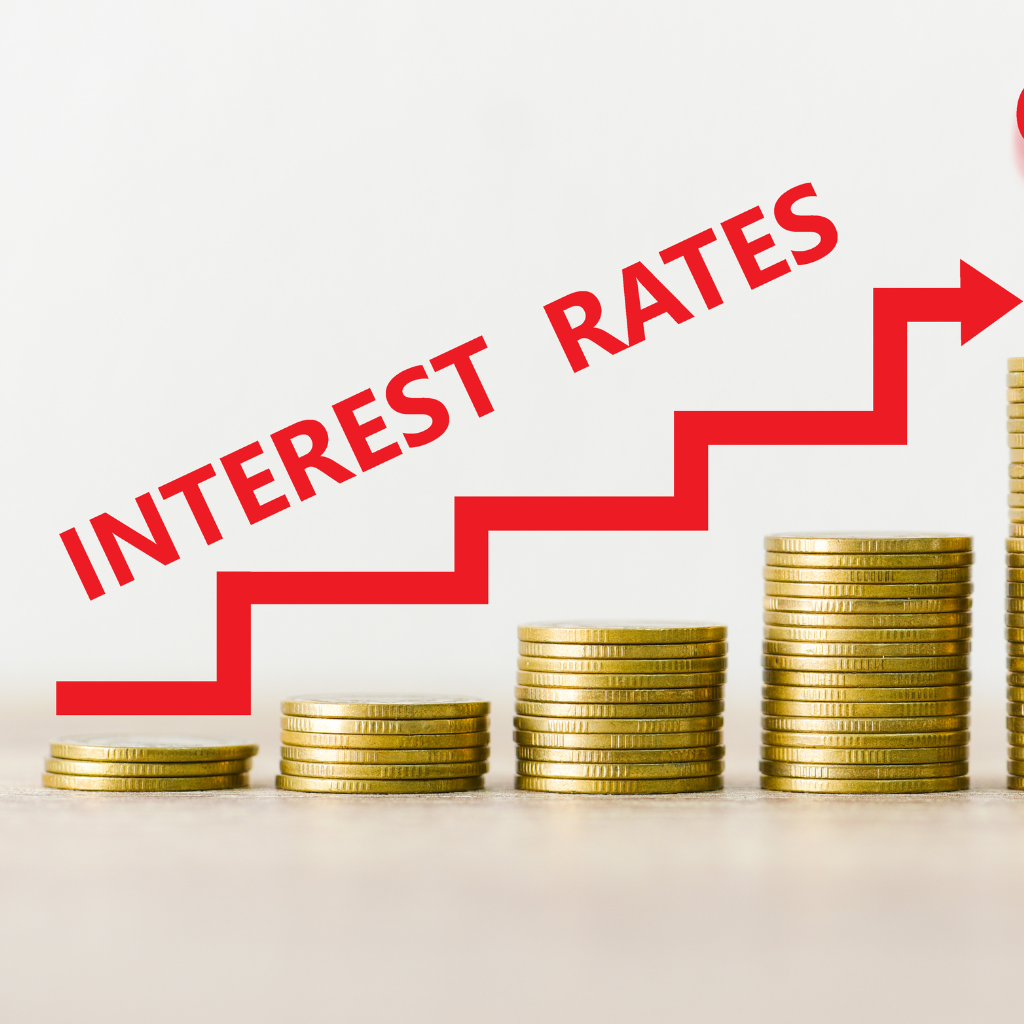
Using Mortgages RM for Guidance on the Current Market
The mortgage landscape shifts quickly. Rates can climb or dip based on inflation, policies, or global events. Mortgages RM stays on top of these market changes and can walk you through what each deal means in pounds and pence. Professional insight can prevent hasty picks, whether you’re a first-time buyer or well into your mortgage term. They’ll explain how maximum term length interacts with your initial period. Plus, they’ll show how overpaying or recasting might cut down your interest in the long run. With lenders competing to stand out, you’ll likely always find new offers popping up. Having a steady hand to sort through those deals makes a real difference, especially if the stakes are high for your family’s finances.
Conclusion on What Is the Mortgage Initial Period
It’s clear now that “what is the mortgage initial period” boils down to that initial stretch of favourable rates that sets the tone for your payments. Whether it’s two or five years or something else, you’ll want to know precisely how it dovetails with your plans. By preparing early, you can handle the jump from the initial to the standard rate and avoid unwanted stress.
If you have questions or want a one-on-one chat, contact Mortgages RM. Their advice can help you spot pitfalls and harness the benefits of a well-chosen initial period. Every borrower’s path is different, but staying informed is the surest way to protect your finances and secure a comfortable future in your new home.


